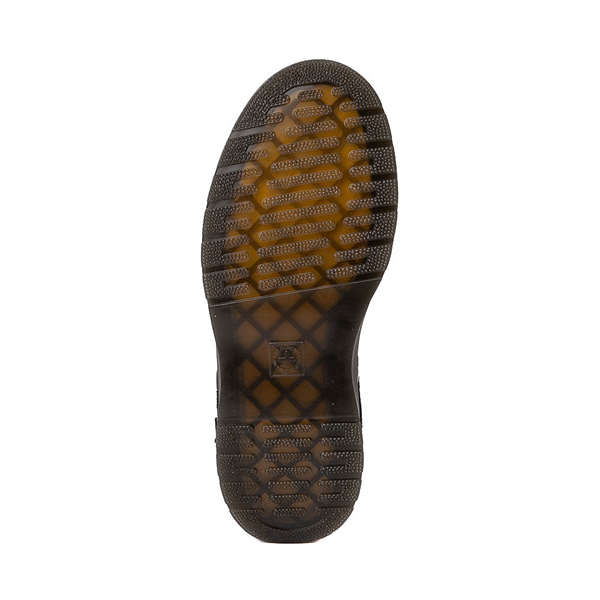Dr. Martens Carlson Slingback Mule - Black
Or 4 interest-free payments with
or

Double down on classic comfort with the new Carlson Slingback Mule by Dr. Martens! The Carlson Slingback Mule features silky E.H. Suede uppers, an adjustable strap that can be worn around the heel or flipped forward for a traditional mule look, and air-cushioned PVC sole for flexible traction. Available online at Journeys.com!
Please note: This product cannot be shipped to APO/FPO locations, Hawaii, or Alaska.
- Durable upper made with E.H. Suede, a classic suede leather with an enhanced silky texture
- Adjustable strap can be worn around the heel or flipped to the forefoot position
- Goodyear® welt construction with signature yellow stitching sews and seals the upper and sole together at 700°C for maximum durability
- Air-cushioned PVC outsole delivers premium traction
When the Dr. Martens boot first catapulted from a working-class essential to a countercultural icon back in the 1960s, the world was pre-internet, pre-MTV, pre-CD, pre-mp3s, pre-mobile phones… hey, they’d only just invented the teenager. In the years before the boot’s birthday, April 1, 1960; kids just looked like tribute acts to their parents, younger but the same. Rebellion was only just on the agenda for some - for most kids of the day, starved of music, fashion, art and choice, it was not even an option. But then an unlikely union of two kindred spirits in distinctly different countries ignited a phenomenon.
In Munich, Germany, Dr. Klaus Maertens had a garage full of inventions, including a shoe sole almost literally made of air; in Northampton, England, the Griggs family had a history of making quality footwear and their heads were full of ideas. They met, like a classic band audition, through an advert in the classified pages of a magazine. A marriage was born, an icon conceived of innovation and self-expression.
Together they took risks.
They jointly created a boot that defined comfort but was practical, hard-wearing and a design classic. At first, like some viral infection, the so-called 1460 stooped near to the ground, kept a low profile, a quiet revolution. But then something incredible started to happen. The postmen, factory workers and transport unions who had initially bought the boot by the thousand, were joined by rejects, outcasts and rebels from the fringes of society.
At first, it was the working-classes; before long it was the masses.













 Size Chart
Size Chart






